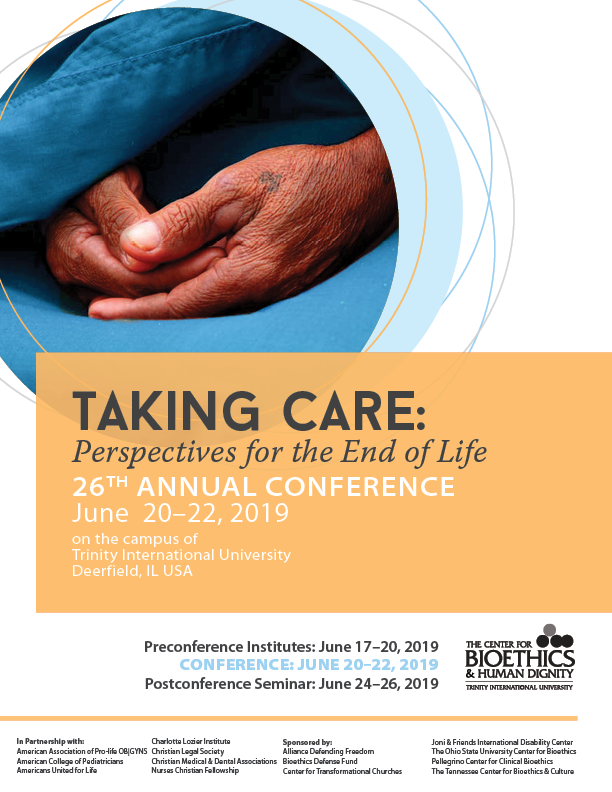
Many challenges face patients, families, medical professionals, faith communities, and clergy concerning how people die in the United States. Hospice and palliative care have made positive contributions in helping people live well while dying. However, African-Americans and non- White Hispanics are less likely to take advantage of quality hospice palliative care than their white American counterparts who are similarly situated at the end of life in circumstances regarding their health. This might be considered another example of the mounting evidence of healthcare disparities with respect to these groups. This talk explores both the social roots of health disparities and the impact of the complex social nexus of socioeconomic status and race on how people die in the United States. It appeals to Christian tradition and a vision of shalom in order to challenge the church to have “eyes to see” the bodies and “ears to hear” the cries of those image bearers who are dying at the margins of our society. This deep theological vision compels us to consider not only what it means to value life at the end of life, but also to go a bit deeper with respect to these groups to ask what does it mean to value life before the end of life?